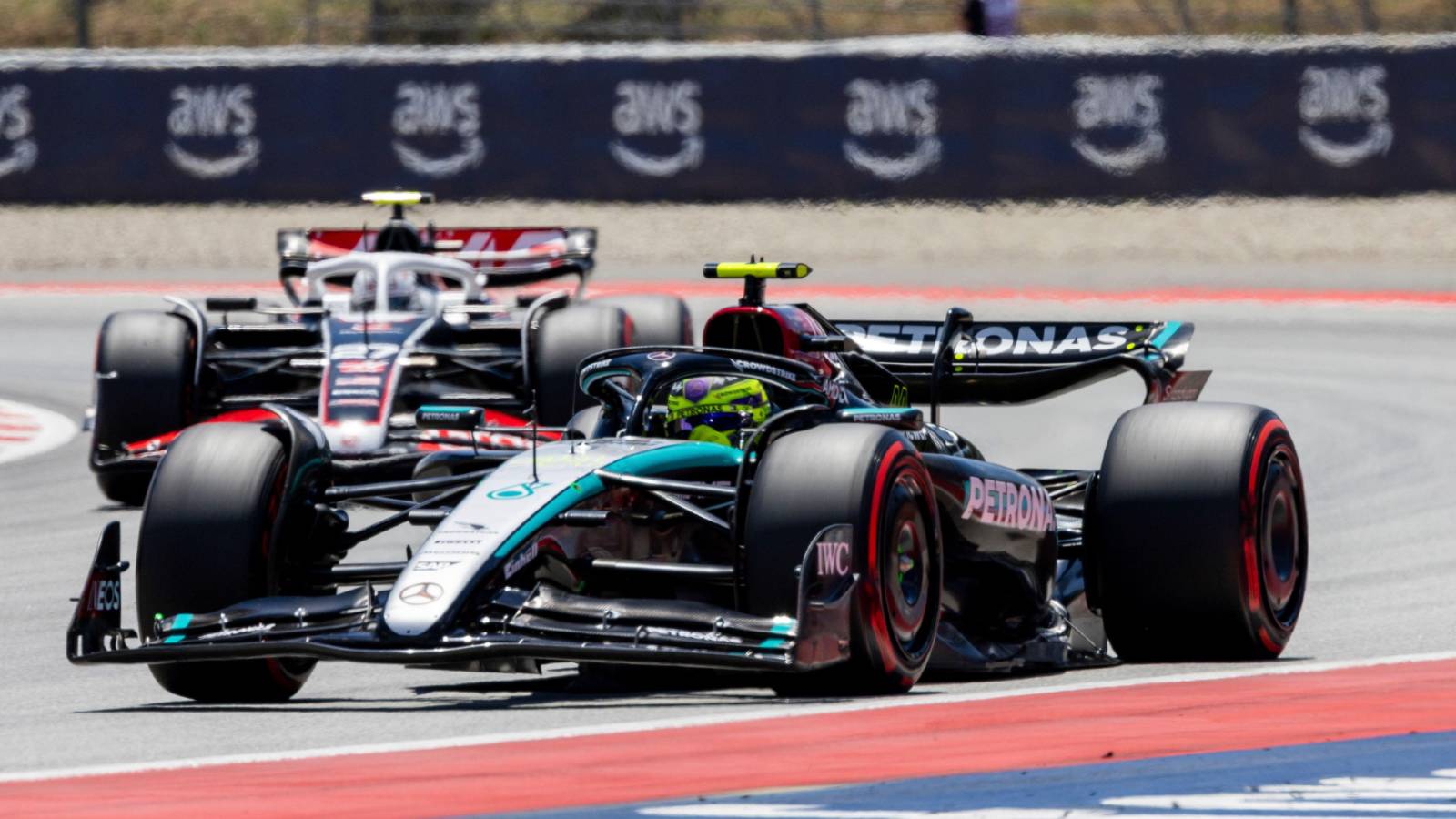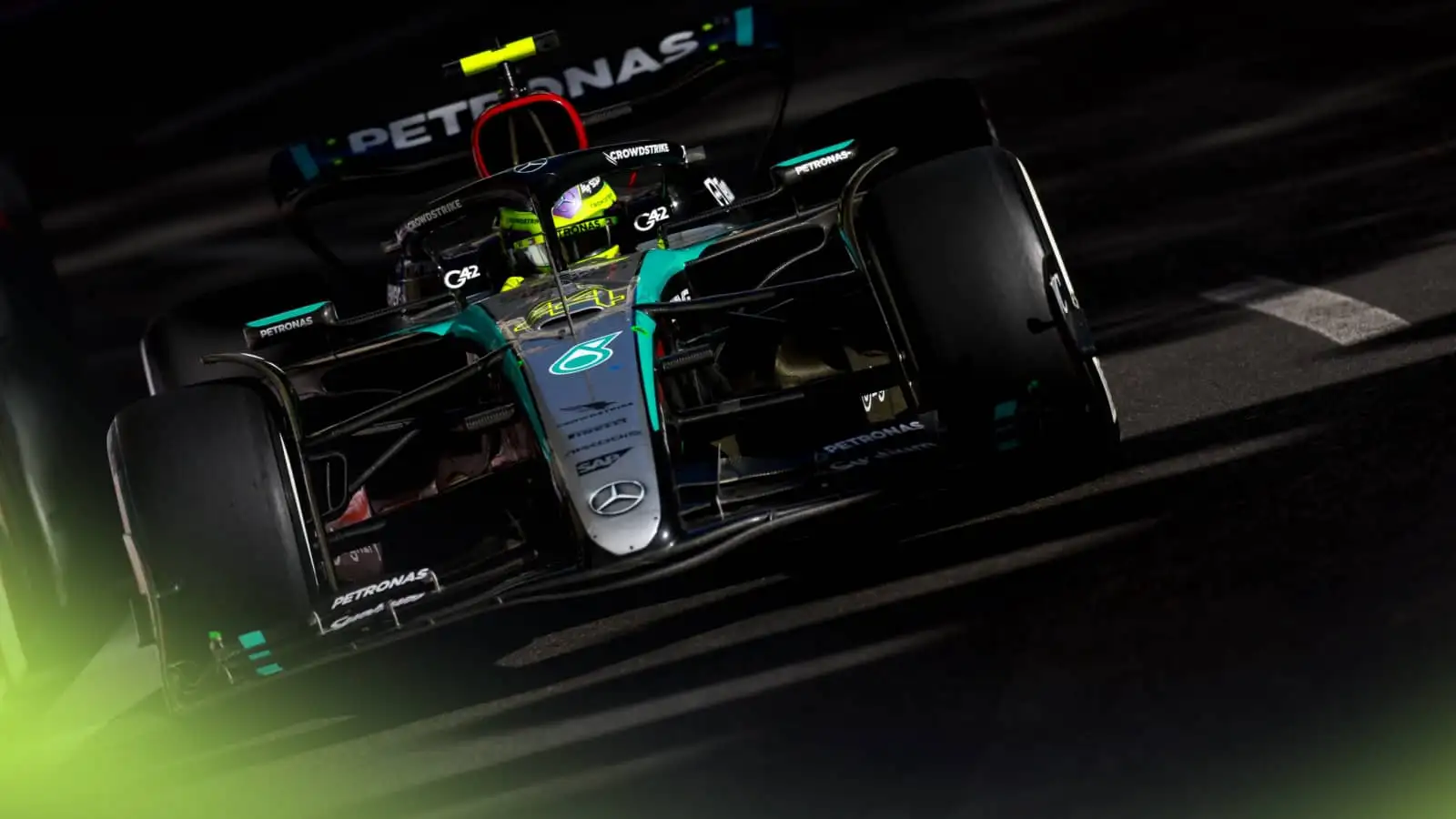Mercedes’ Andrew Shovlin views the remainder of the 2024 Formula 1 season as a prime opportunity to focus on experimentation and development for the W16, the team’s upcoming car for the 2025 season. With no further major upgrades planned for the current W15 model, Mercedes is set to finish fourth in the Constructors’ Championship, comfortably ahead of Aston Martin but trailing significantly behind Red Bull. As Mercedes shifts its focus from major performance upgrades to collecting data, the goal is to gain early insights that will benefit the W16 and provide a head start for the next season.
During Mercedes’ post-race analysis following the recent Grand Prix, Shovlin emphasized the strategic value of conducting smaller-scale tests and experiments during the remaining races. By concentrating on incremental improvements and setup adjustments, Mercedes hopes to gather critical information to aid in the W16’s development. Shovlin explained that while no significant upgrades are planned, small bodywork modifications and test items might be introduced, but only with future-focused learning in mind. This shift reflects Mercedes’ emphasis on building a competitive edge for 2025 rather than maximizing 2024 performance.

Mercedes recently debuted a major W15 upgrade package at the United States Grand Prix, though challenges in Mexico saw George Russell’s car reverting to an older floor design after an accident in practice. Meanwhile, Lewis Hamilton’s car continued to use the updated package. This provided an unintended yet beneficial comparison between the old and new configurations, allowing the team to evaluate the efficacy of the upgrades. Shovlin confirmed that preliminary data suggested the updates performed as expected, adding valuable insights despite Russell’s need to use the outdated floor in Mexico.
One challenge for Mercedes’ data analysis was the disrupted race conditions in Mexico. Both Hamilton and Russell struggled to find clear air on the track, limiting the opportunity to fully evaluate the upgrade’s effectiveness in ideal conditions. Hamilton initially faced balance issues in his first stint, which were later corrected, but then encountered further issues due to Russell’s wing damage, causing traffic that limited their potential clean-lap data. Despite these setbacks, Shovlin noted that initial results confirmed the update’s intended performance gains.
Looking ahead to the Brazilian Grand Prix, Mercedes aims to conduct more refined testing and hopes for a cleaner run to maximize data collection on the latest upgrade kit. By focusing on learning opportunities and making incremental adjustments, Mercedes hopes to refine the W15’s remaining potential, providing a solid knowledge base for the W16’s development. This season-ending approach will allow Mercedes to fine-tune their competitive strategy for 2025, turning these final races into a foundation for future gains.

